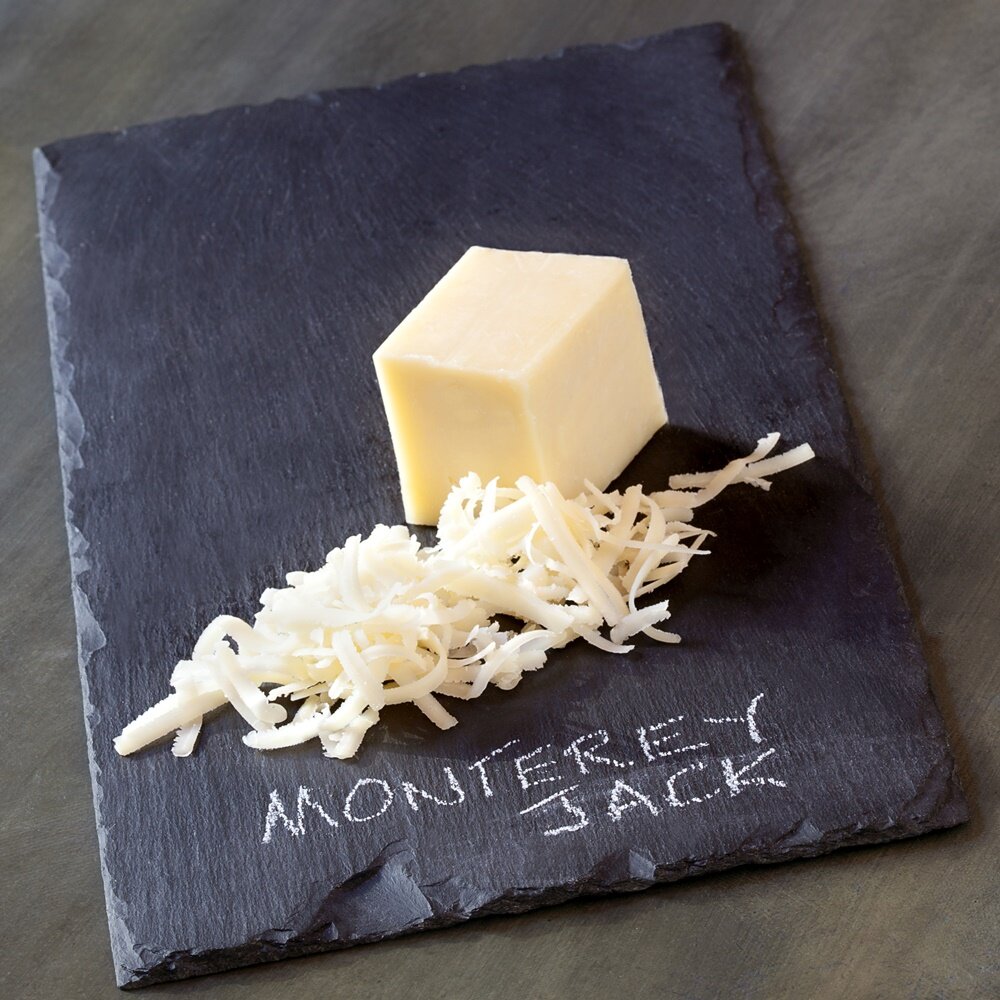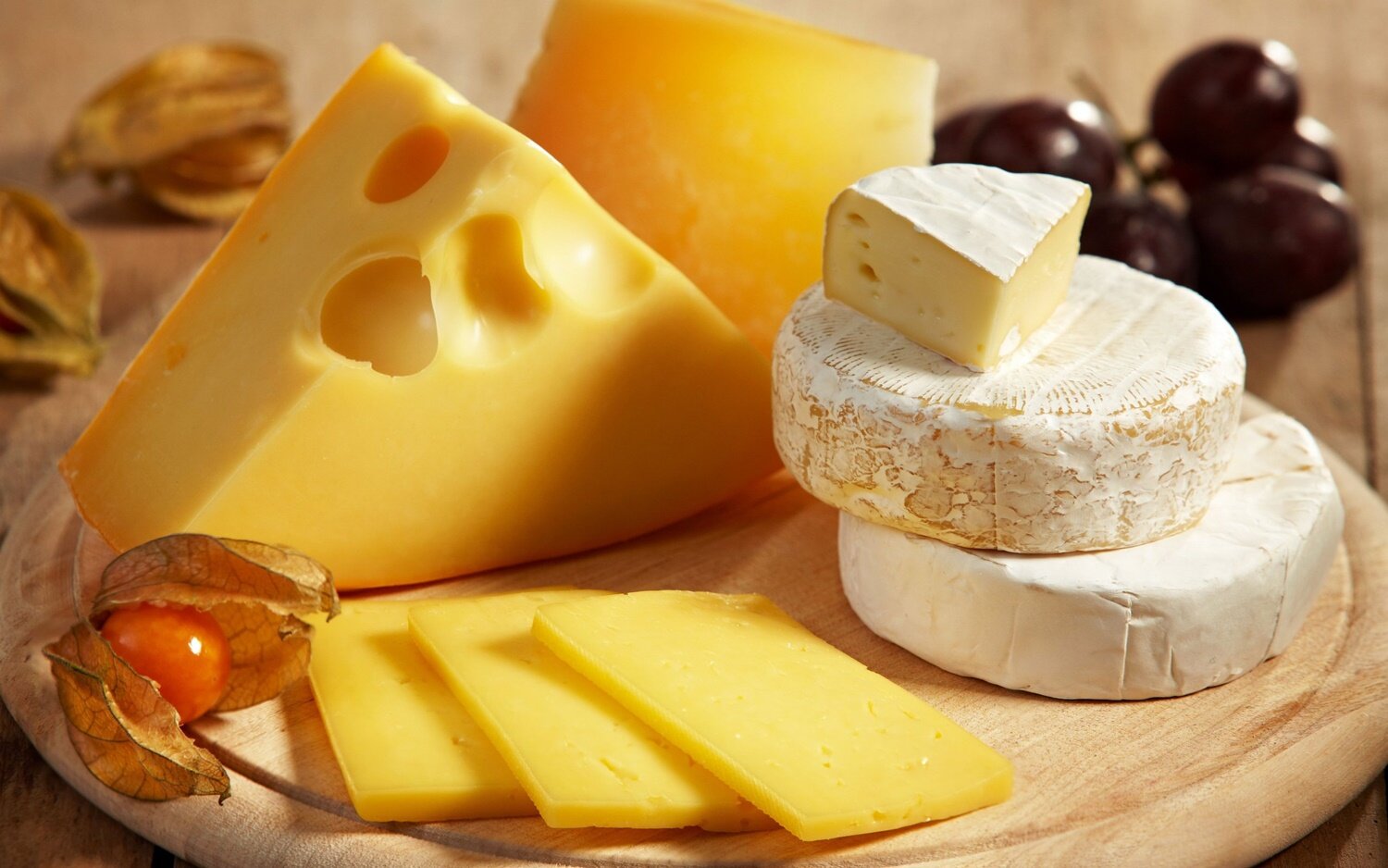“Every meal gets improve with cheese” is the best say for this tiny little yellow thing. While cheese can be truly overwhelming to peer into a glass case lined with hundreds of cheese in various shapes, sizes, colours, and mould labels, Where will begin when it comes to fancy cheeses? Follow us to the last episode of “13 cheese you should know “
EMMENTAL
Country of Origin: Switzerland
Type of milk: Cow
Ageing: at least 4 months
Tasting Notes: Emmental is what many people think of when they hear “Swiss cheese” (yes, holes and all). It’s is considered an “Alpine-Style” or “Mountain” cheese, meaning it originated from the milk of cows that are led up the Alps to graze over multiple seasons, and its curds are cooked and pressed together firmly. The holes you find are bubbles of carbon dioxide gas created as the bacterium Propionibacterium freudenreichii consumes lactic acid. This cheese has a certain sweetness with a piquancy that hits the back of the tongue on the finish. What is more, like all Alpine cheeses, it is a great melter.
Best Uses: Fondue, grilled cheese, casseroles.
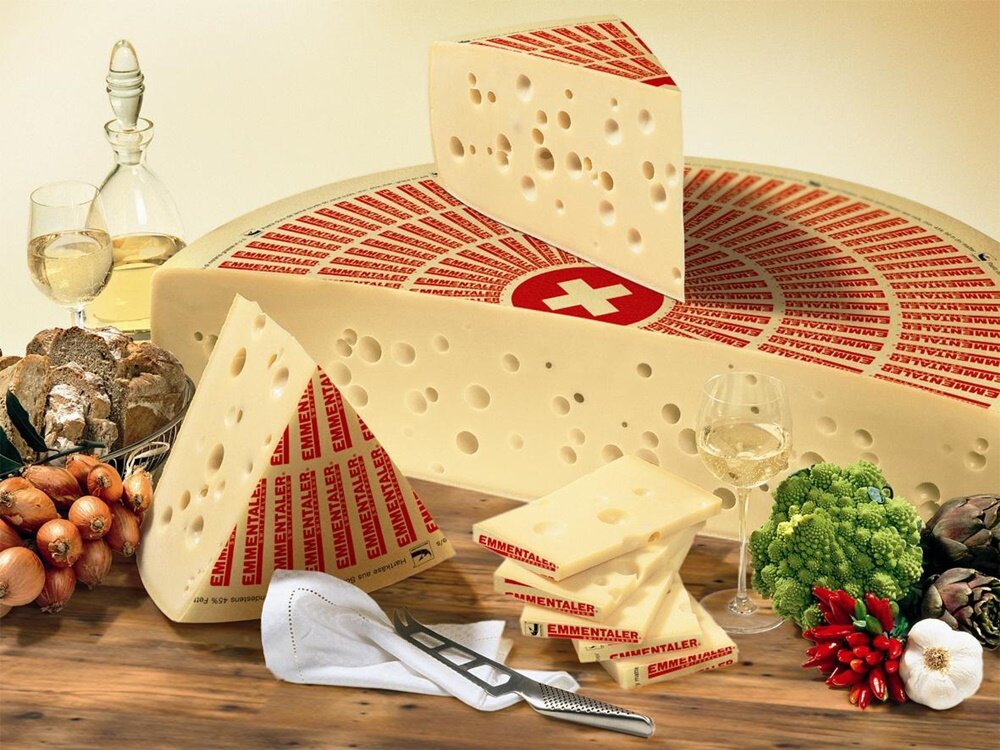
CHEDDAR
Country of Origin: England
Type of milk: Cow
Ageing: No minimum, but good ones are generally aged at least one year
Tasting Notes: Cheddar is a cow’s milk cheese that originated in Somerset, England. Cheddar is not only a noun, but it’s also a verb; “to cheddar” refers to a cheesemaking process whereby the curds of the cow’s milk are cooked and then milled into rice-size pieces. The pieces are then pressed into large blocks, and the blocks are stacked one on top of another to press out any remaining moisture. Cheddar cheese made in this traditional fashion are dry and crumbly in texture, with a deep, tangy, nutty flavour. A far cry from the smooth mild American-style cheddars you might find on top of a burger. Cheddar-style cheeses vary dramatically in quality, so it’s a good idea to talk to your cheesemonger about them. The colour ranges from ivory to straw to deep yellow in colour, depending on the season and the feed of the cattle.
Best Uses: As is, in sandwiches, grilled cheese, casseroles.
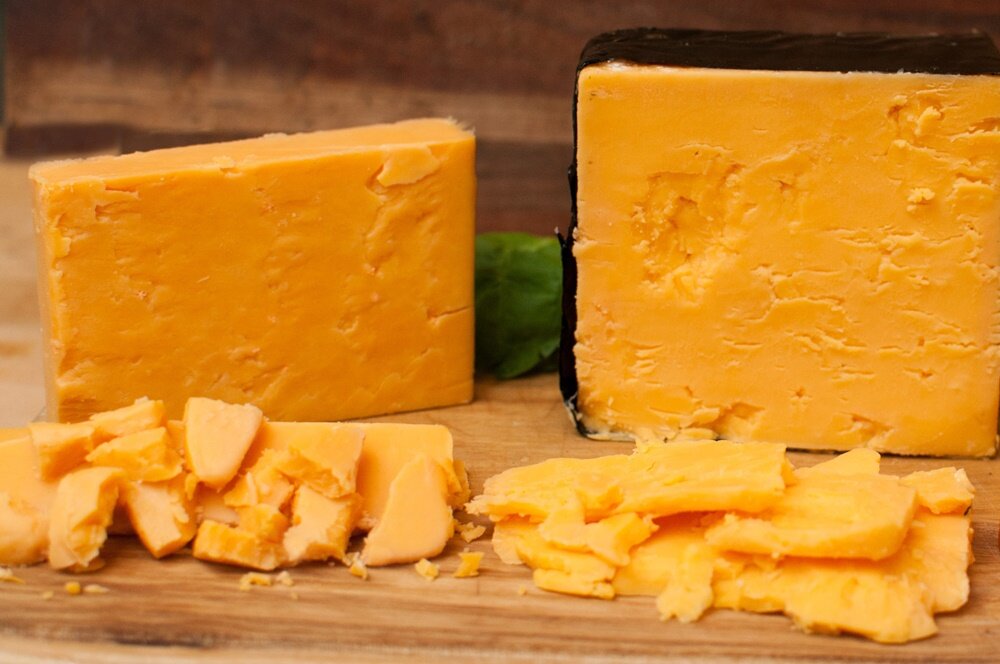
GOUDA
Country of Origin: Netherlands
Type of milk: Cow
Ageing: At least 4 weeks, but better ones are aged at least a year
Tasting Notes: Gouda is a semi-hard to hard cow’s milk cheese from Holland. Like Cheddar, its quality and flavour can vary wildly from the mild, creamy wax-coated lunchbox versions of our youth to those specimens that are hard, crumbly, and deeply flavorful. Long-aged goudas will have a crunchy texture due to crystals of concentrated calcium lactate or and the amino acid tyrosine that form as the cheese loses moisture, just like a good parmesan.
Best Uses: Young they can be melted. Aged cheeses are best as-is or grated into salads or over casseroles.
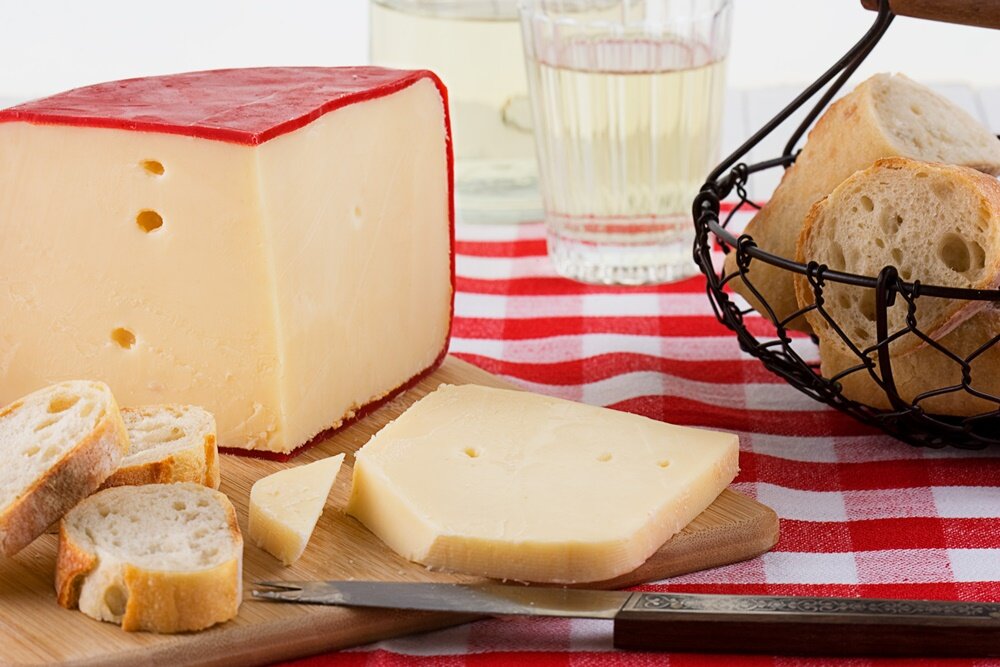
TALEGGIO
Country of Origin: Italy (Lombardy)
Type of milk: Cow
Ageing: Six to ten weeks
Tasting Notes: At over a thousand years old, Taleggio is one of the world’s oldest soft cheeses. The washed rind cheese is in a family of cheeses created by monks who made cheese from the milk of their grazing cows in order to eliminate waste. The story is that the monks repeatedly washed the wheels clean of any mould that began to grow on their surfaces. Little did they know, they were actually fostering the growth of a slew of new bacteria on the inside and outside of the cheeses, contributing to pungent flavours and even more pungent surface smells. Taleggio smells sort of like… feet. Rich, buttery, meaty, feet. Its soft rind is edible, though it acquires a grainy texture from its repeated wash with salty brine.
Best Uses: As is.
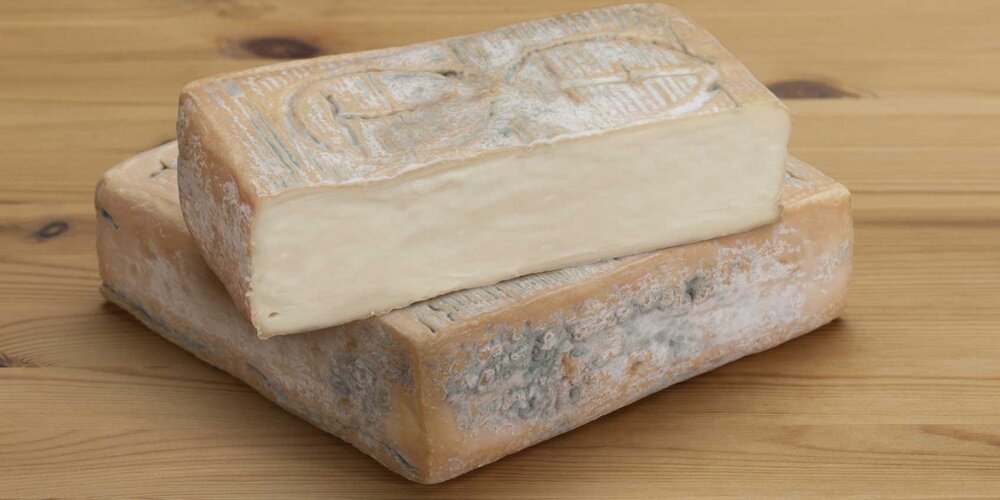
PARMIGIANO-REGGIANO
Country of Origin: Italy
Type of milk: Cow
Ageing: At least 12 months
Tasting Notes: There are a number of hard cheeses on the market that are sold under the name “parmesan.” These are not to be confused with true Parmigiano-Reggiano, a protected cheese that can only be produced in Emilia-Romagna and Lombardia in Italy. Aged for a minimum of 12 months and a maximum of 36, it’s a hard, dry, crumbly cheese that has a great crunch and deep caramel-y, nutty flavours.
Best Uses: Grated on salads and pastas. The harder, saltier rinds are perfect for adding flavour to many Italian soups.
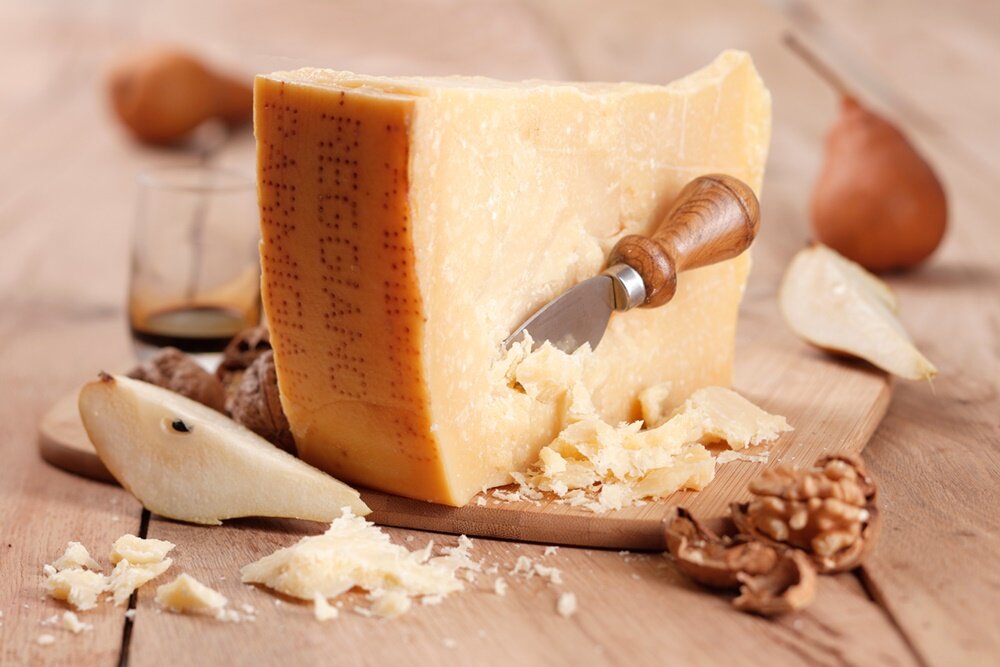
MANCHEGO
Country of Origin: Spain
Type of milk: Sheep
Ageing: 60 days to 2 years
Tasting Notes: Made from the milk of Manchega sheep, it’s a firm, compact cheese that ranges in colour from ivory to straw yellow. Younger manchegos have a buttery, rich texture that borders on creamy, while the aged version develops a deeply salty flavour and crunchy tyrosine crystals as it dehydrates.
Best Uses: As is. Spanish membrillo (quince paste) is the ideal accompaniment for it.
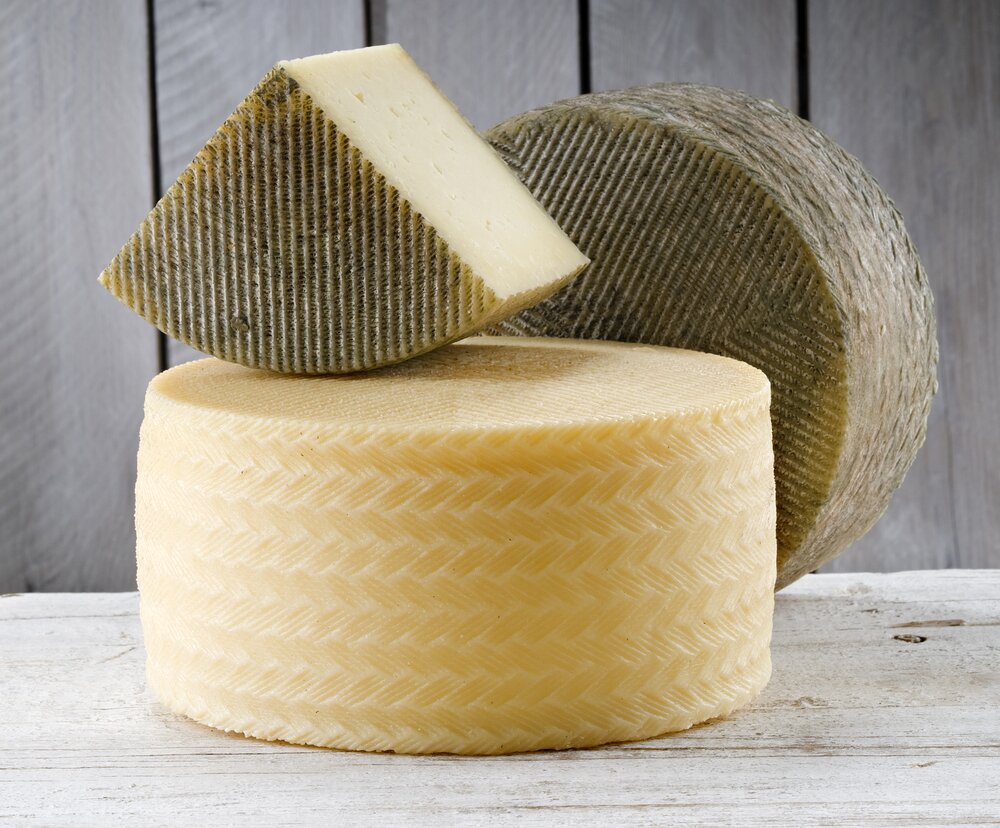
MONTEREY JACK
Country of Origin: United States of America (California)
Type of milk: Cow
Ageing: About one month
Tasting Notes: Very mild and buttery in flavour with a bit of tang, Monterey Jack is one of the few all-American cheeses. Because of its young age and relatively high butterfat content, it’s a great melter. It often comes mixed with hot pickled peppers to make Pepper Jack cheese.
Best Uses: Melted in casseroles, grilled cheese, over chilli, cheese dip, any time you want a good melting cheese.
